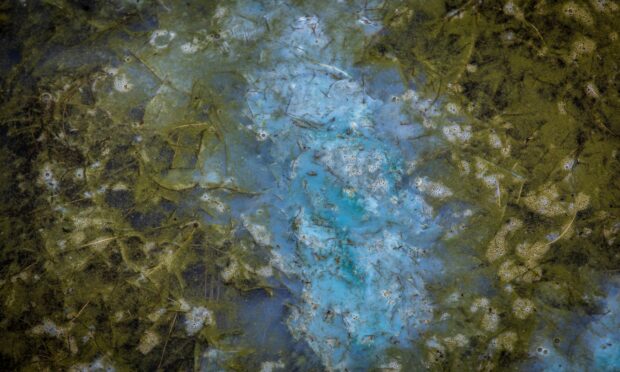Highland Council has issued a new blue-green algae warning after it was identified in a loch near Fort Augustus.
As a precaution, the local authority is advising that Loch Tarff, near Fort Augustus, should be avoided by pets and people.
The potentially toxic algae was reported on Thursday and has been verified by Sepa.
During the current period of prolonged warm weather the chance of blue-green algae increases significantly.
It can be found in ponds, lochs, canals, and even rivers.
Sometimes the blue-green algae, also known as cyanobacteria, forms blooms that can release toxins into the water around it.
Contact with blue-green algae can have health effects for humans and animals – it can even prove fatal.
The situation is currently being investigated by Highland Council’s environmental health department in partnership with NHS Highland’s public health department and wider colleagues.
Notices will be posted next to the loch with a warning that contact with the algal scum should be avoided.
What should you do if you find blue-green algae?
If you spot blue-green algae you should immediately report it to Sepa or through Hydrology’s Blooming Algae app.
Do not touch anything you might suspect of being blue-green algae.
Effects on people coming into contact with toxic scums include skin rashes, eye irritation, vomiting and diarrhea, fever, and pains in muscles and joints.
Dog owners must get their pet to a vet for treatment as soon as possible if they have swum in water that could be infected.
According to the UK’s largest organisation dedicated to dog health, The Kennel Club, it can kill dogs in five minutes.


Conversation